|
There have been a number of changes to the business in the last few months including a major change to the book. At this point in time, “Stefan’s Owl from Oblivion” is approaching 657,000 words. There has been a large pushback from various sources to divide up the book. I have a professional edit sitting in the queue to be edited into the book, and that professional edit was sort of the last element that pushed me over the edge. The editing agency has a length limit for what they will edit and it is a bit less than the book’s length. So I had to scissor out of the book a meaningful length that could actually allow the editor to get an accurate feel for the structure and writing of the book. The professional editor ended up editing 287,000 words approximately.
They could have edited more but there is a certain risk and some inefficiency in doing a larger edit. The larger the edit, the more risk you take on because you never know what editor you may get and if they turn out to be a bad one, then you have wasted an enormous amount of money if the edit is a long one. There is a certain inefficiency as well because if you get a good editor (and I did this time) they may point out some systemic problems the manuscript has. So even before applying the sentence level changes, there is a change in the way of handling internal thoughts and telepathy that the editor has suggested. The editor told me they felt like they were being “beat to death” by dialog tags. I already use different fonts for telepathy. The editor told me that 50% of the book happens in people’s heads. So if I simply use a different font for the thoughts, I could eliminate many of the dialog tags. The font change does the work and allows the use of much fewer tags. They also established the convention that thoughts should not appear in quotes. Only things spoken aloud should be quoted. This is a systemic change and once the editor had sold me on the change, then the change can be applied to the rest of novel… the unedited parts. This led to another related change. The Sun God characters exchange information between their minds and between their minds and the Sun God hive data systems in a way similar to people exchanging texts and video clips. Unlike telepathy, it does not transmit feelings. It is similar to a digital communication. The Sun Gods were originally beings comprised totally of energy, so it made sense to have this form of communication. However, the Sun God teens in the story are a mix of flesh and energy, largely appearing to be humans. But they still use this form of digital-like communication, called Sun-net, to stealthily communicate with each other and the enormous hive data systems, which actually records each Sun God’s life in complete detail. Any Sun God can do a query and view an episode of another Sun God’s life from within their own mind. The Sun God communication represents another form of thought. I decided the font for Sun God Sun-net messages needed to be a font that represents their unique form of digital communication. I wanted a font that would mentally queue and remind that the communication is digital, with all its limits. In the image topping this article, you see an example of the font I chose. I hope it reminds the reader of digital plus Sun God unique communication. This brings me to the big change I made in the novel. I have decided to split the novel into a series of seven novels. The original novel was destined to become even longer because I felt that the last chapters of the novel were weak. The split allows each novel in the series to be close to the mainstream publishing word count of 70,000 – 110,000 words.
0 Comments
I found this piece of artwork when I was looking in my archive the other day. I had forgotten I had done it. Seeing it instantly started the wheels turning in my mind. You see, for me, writing and art are intertwined. Sometimes when I am trying to figure out something about the story, I will import the scene into art and think about it there. Likewise, I might draw a character so that I can get to know them better and in drawing them, things are revealed about them that I might not have realized when I am just thinking about the words.
I originally did this piece as a promo. That much I remember. But I put the Sun Medallion on Paul25 of the same design as the one Tyco wears, one that was carved by some ancient people long ago, in the likeness of the Sun God, Lifegiver, who happens to have the same face as Tova. The nine-year-old Sophistan-human, Paul25, never wears a medallion like I picture him with. But Paul25 has been around for over a millennia so he could have been around when those ancients made the medallion for the first time. Maybe they made more than one. When Tova was twelve-years-old, a Native American made one of these medallions and gave it to her. Whether Native American or Mayan, the people knew the Sun God, Lifegiver. It was a common concept, a common vision propagating through these cultures, one strong enough that an artisan in the culture could just carve one of these medallions stone cold from memory. So, looking at this picture, what would it mean if Paul25 really did have one of these. When did he get it? Where did he get it from? Could he have something to do with the creation of this symbol, since he actually predates much of the Mayan culture? Could he, not Lifegiver, have instilled the vision into the minds of the culture. And if he did, how did he know what Lifegiver looked like? So I start to wonder: is their yet a subplot left to tell? So now finding this art has set me off thinking about another dimension in the story. Both art and writing are largely driven by the subconscious. Maybe this is how the visual mind and writing mind communicate. Just when you think more shit couldn’t happen, it does. That pretty well describes things since the beginning of 2020. I’m reading this morning about all the people bailing from Twitter (today’s problem is the rate limiter problem) and really, certainly for the authors and artists... it’s pretty much a dying platform. Even before the current problems, the algorithm had the sustaining problem that in terms of discovery, Twitter right now is pretty close to a zero. Slowly but surely anything intellectual is just disappearing there. The people that would be the targets of promotions: they are just gone. And why not. If Twitter will show your book to 10 people despite having hundreds of followers, well what is the point? What this means is a heavier reliance on the search engines of the web. And there is at least some hope that the new AI enhanced search engines will pick you out of the noise.
Yes, I’m gradually turning off on social platforms in general. I had all sorts of problems with Facebook to the point where I foolishly invested something like $16,000 in advertising there, got an extremely large following, and then found the money was wasted. It did nothing for me. That’s because Facebook made a rule change and suddenly, all those followers my advertising had collected, I would now have to pay to talk to them. The algorithm for just discussing things with those interested people shafted me to be sure I would be frustrated enough to pay them more. But I didn’t buy. Likewise, on Twitter, now being skeptical of social media, I paid $1,000 to advertise and I collected not followers but some people who were interested in my books and art. And then Elon came along and pissed all those people off and they left. I’m left with the dirty house while everyone else moves somewhere else to party. I guess I’m pretty dumb since it took 2 times to teach me but despite all the “oh my god, it just went viral on social media” yack that goes on, really, this is a loser’s game. And why not? If you hang out there, you’re really not getting things done and you are certainly not getting entertained. You are getting frustrated so that you will engage for the sake of engaging or in the case of Twitter, if you have no fame you have already built up at your own expense for Twitter to attach to like some giant sucking parasite, then you are not heard at all. Like most social media, today, they are not into developing the conversation, just leaching off the rewards for free. Advertisers are not being fooled. You’ve seen all of the concept ads from large companies disappear. What you see now is the same ads that appear in ad boxes of the scummiest, crappiest websites out there. Publishing has taken a turn towards this kind of thing, too. No one in publishing is interested in developing anything: not the publishers themselves, not those such as would-be editors and certainly not anyone servicing the self-publishing industry. Everyone wants to take your money, feed you a certain psychology, but really in the hard light of pragmatic, logical reality, you are getting nothing. If you publish with the mainstream, you do all the work for free now a days including the promotion of the book. If you happen to land a popular book, one that is unbelievably popular, then the publisher will perfume the reamer before they use it… make you feel you are among one of the blessed. But what did you have to do to your writing to hit the numbers in mass market that the cash-hungry conglomerate wanted? Is the sole purpose of an author to provide meat for people who don’t really want to chew? It is a very negative time in terms of the “artform of literature” progressing. For those very few authors that turn big numbers, they make pretty good money. But I’m talking big numbers, repeatedly. And the publisher of those authors still just wants to ride on the gravy train. Really, their service is taking care of the logistics of fulfillment and the contracting of cover art and the limited (legend in their own mind) editing they do. One thing that is a spoiler in that whole psychology, that whole brainwashed mindset of the literary industry, is the knowledge that as a decent engineer in technology in Silicon Valley, I made more than those poor bastards captaining that industry and almost all authors (except for the Stephen King variety). I don’t have to fall prey to the industry forcing authors and everyone else to beg for recognition, beg for money. Sure, I definitely could use the money. It’s not trivial the amount of money I have invested in my publishing company. I mean my Silicon Valley cohorts think I am out of my mind. And perhaps they are right. We will see how the future plays out. So my job is simply to try to write the finest Literary Fiction novel I can using the best tools I can find. Just like when I wrote code in Silicon Valley, my goal is to push the state of the art. And not to succumb to the discouraging psychology of disaster after disaster that has occurred since the start of 2020. I just finished Chapter 32, “Confronting Doom,” and this chapter really represents a transition for me as a writer. For a while, I was feeling guilty because “Stefan’s Owl from Oblivion” is getting so long. I was reluctant to say more because I still was feeling the page limit shackles of traditional publishing… the guilt trip they apply to all writers. But after a year of work, so far, on this revision pass of the book, I realized that already the book is eight to ten times longer than a publisher would like. They have to think of the cost since they are trying to sell to the lowest common denominator of readership. Frankly, those readers will never read this book, even if I gave it to them for free. Let me just say up front, this book can be difficult to read. Because it is Literary Fiction, the characterization, the details about the characters are an extremely in depth look at them, so much so that you will feel that you personally know them. This is one of the things that distinguishes Literary Fiction from Genre Fiction. Genre Fiction needs only enough details about the character so that you understand the plot. Its goal is to get somewhere. For Literary Fiction, you are taking a ride, for a period of time, on the lives of the characters. The goal is to feel what they feel and to fully understand their nature.
|
Rusty BieseleOwner of the Children of Sophista Publishing and currently the author of books in the Children of Sophista universe. CategoriesArchives
August 2023
|
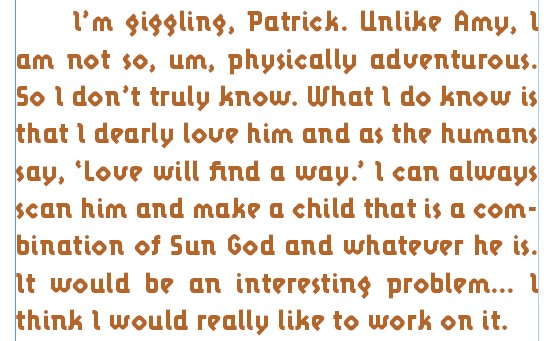
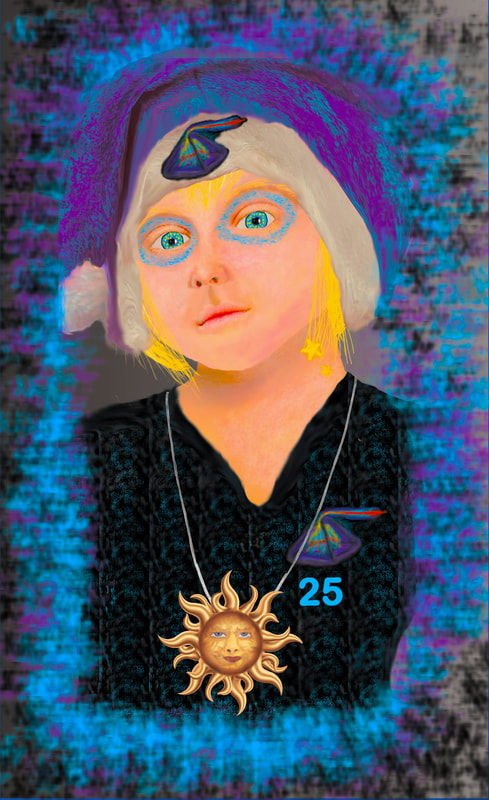
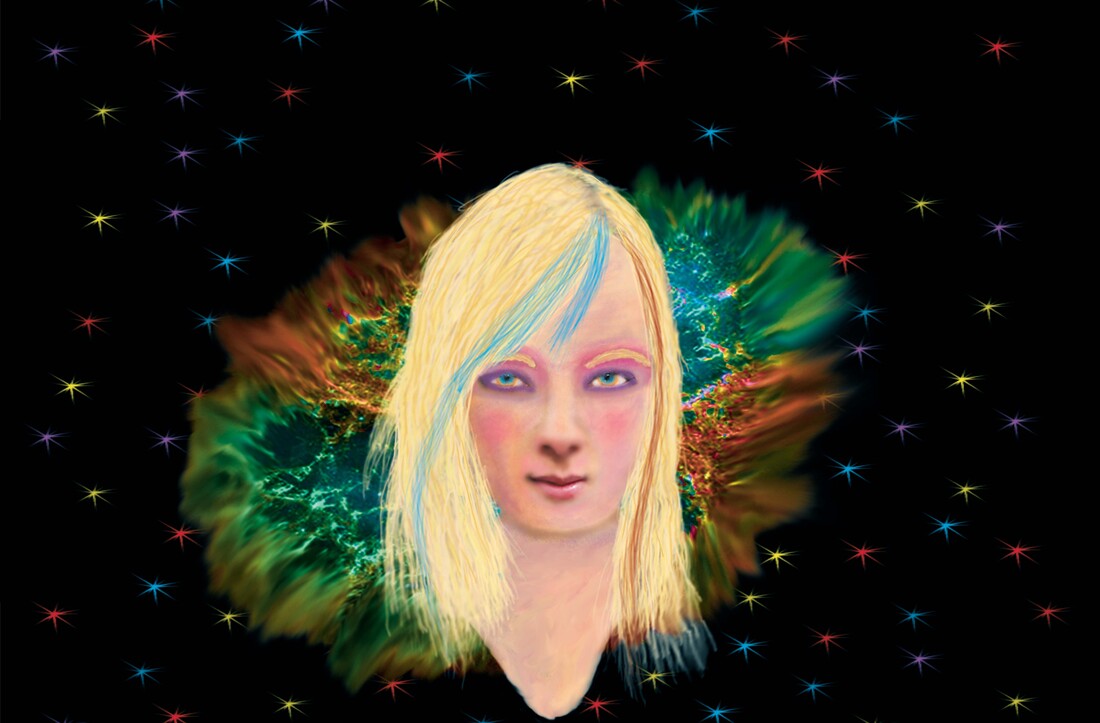
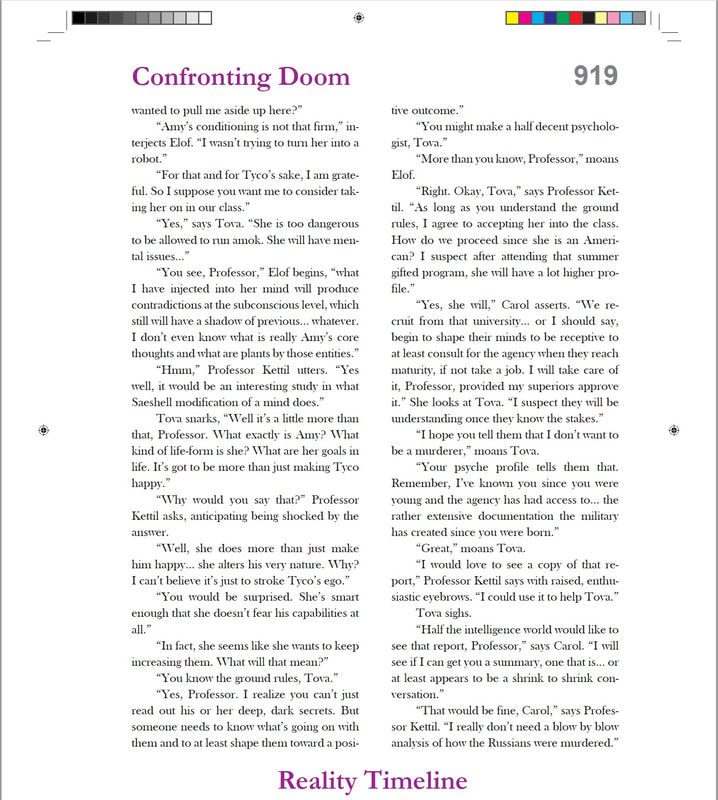
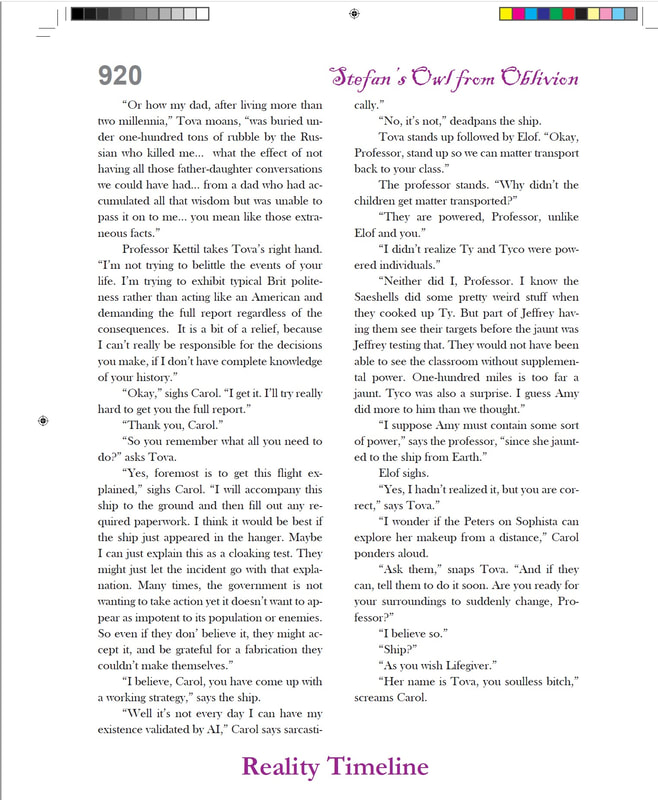
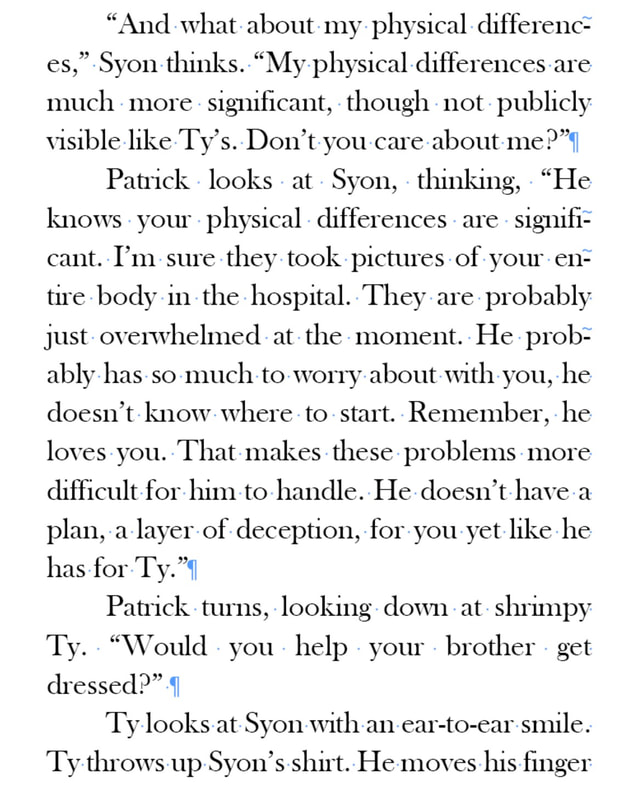
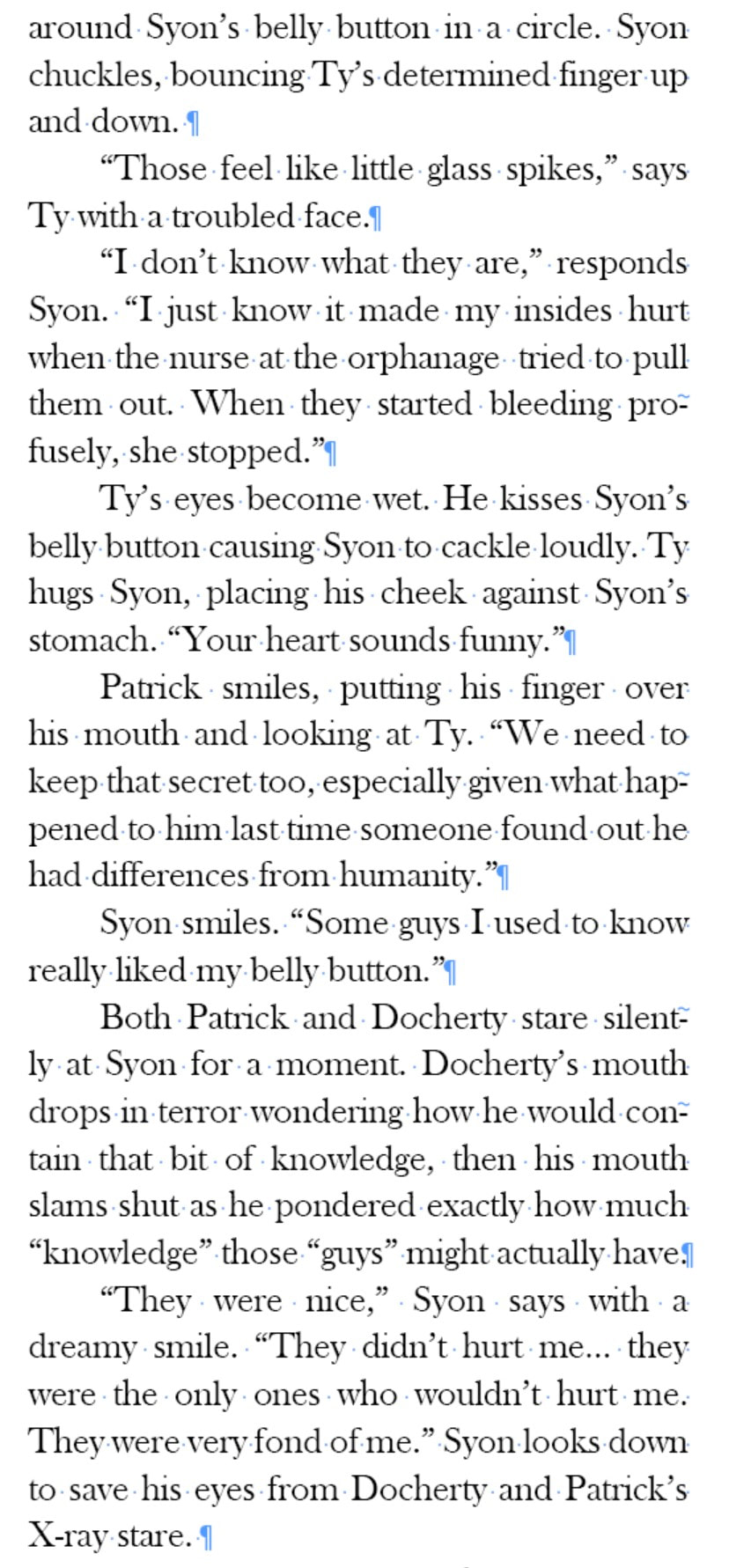
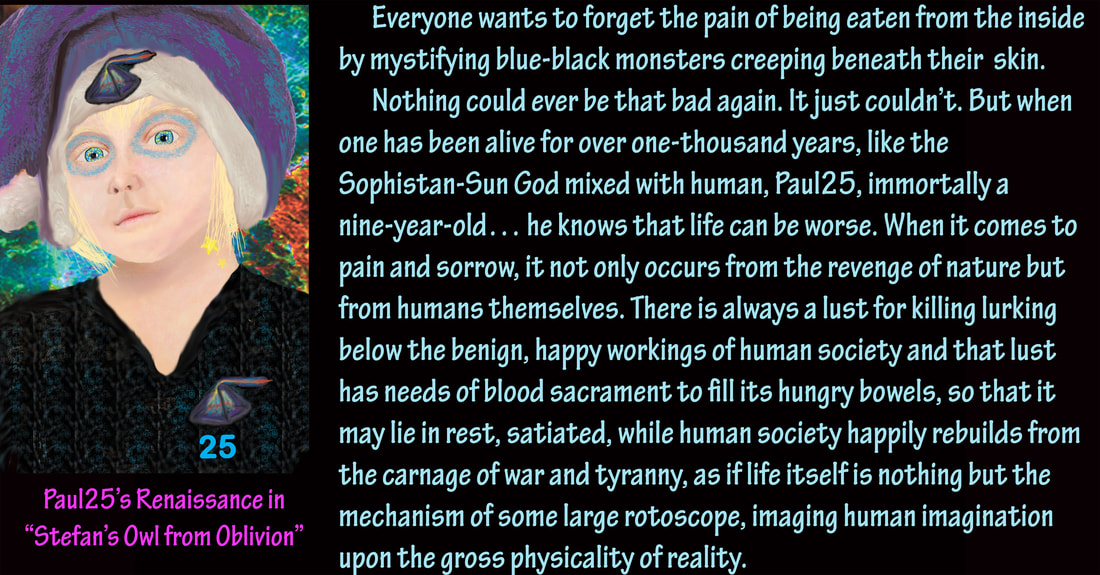

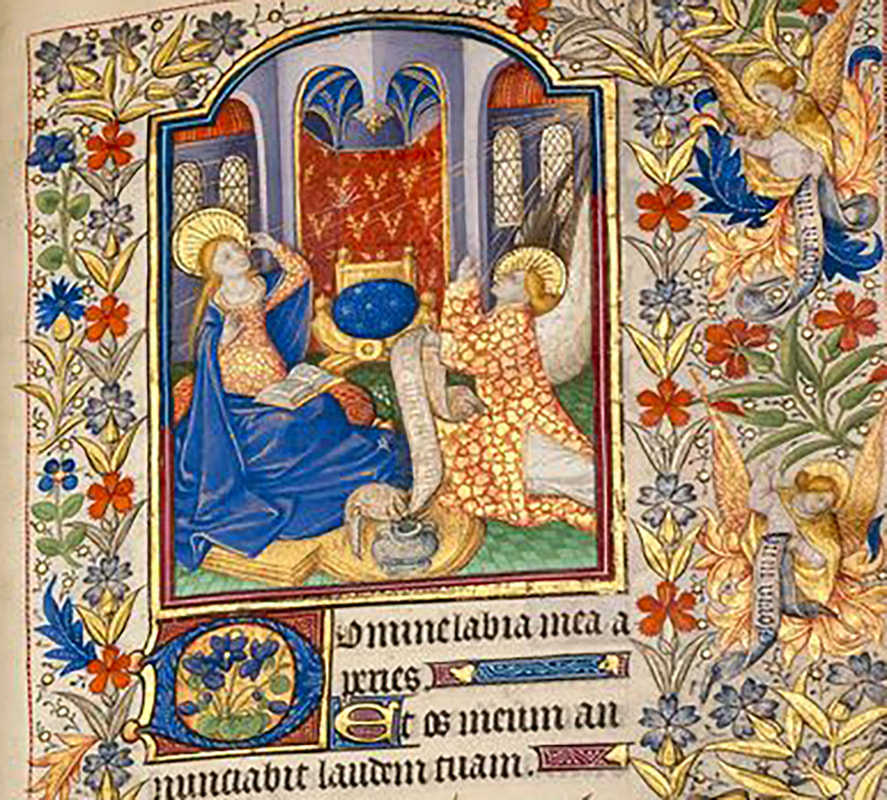

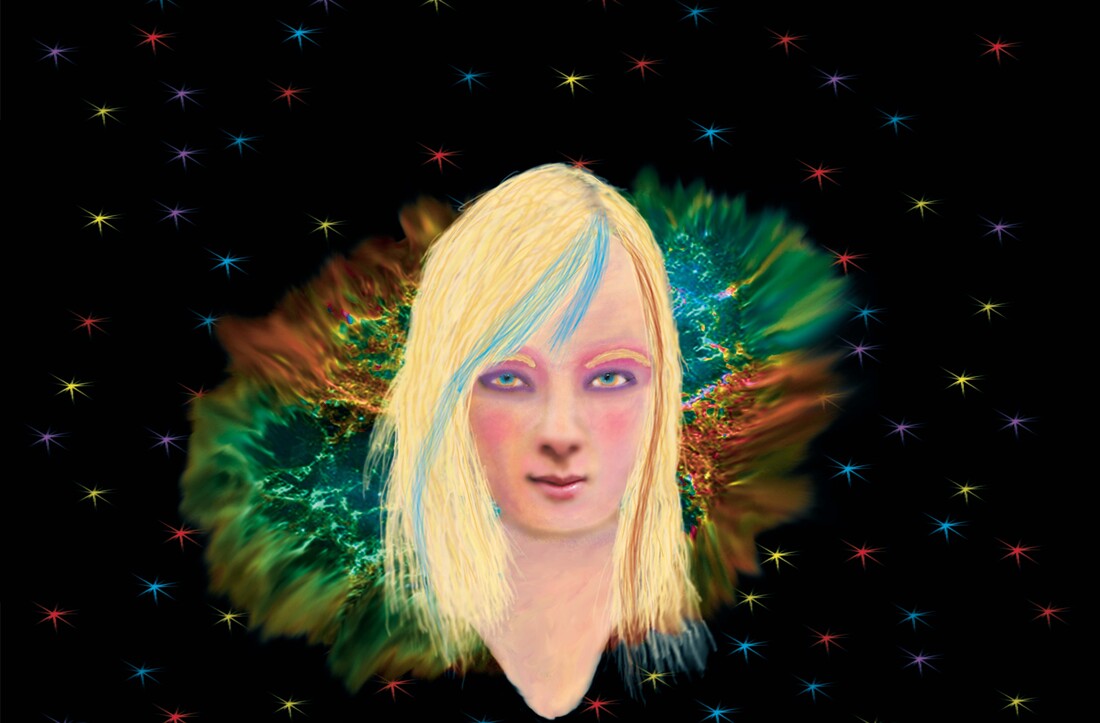
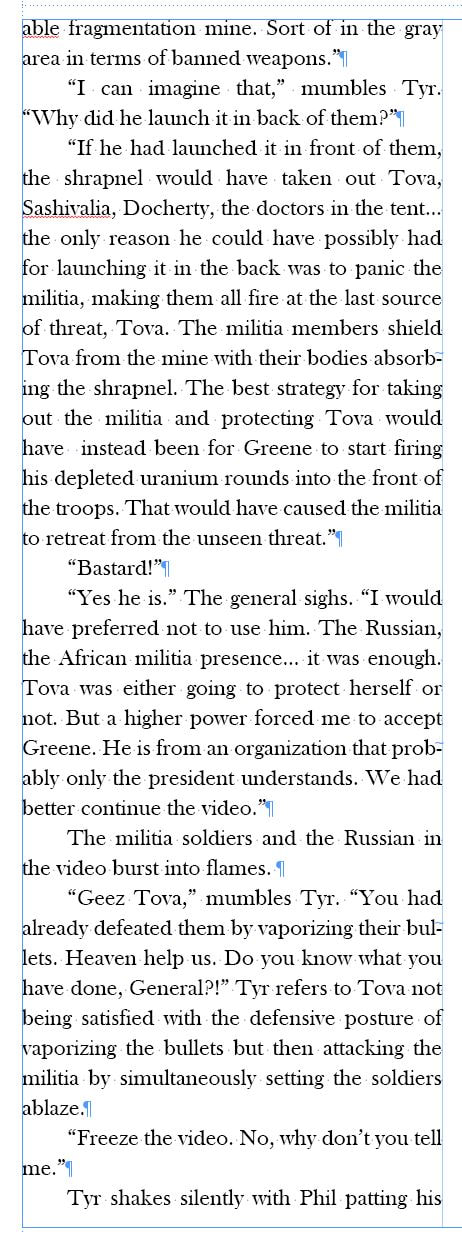
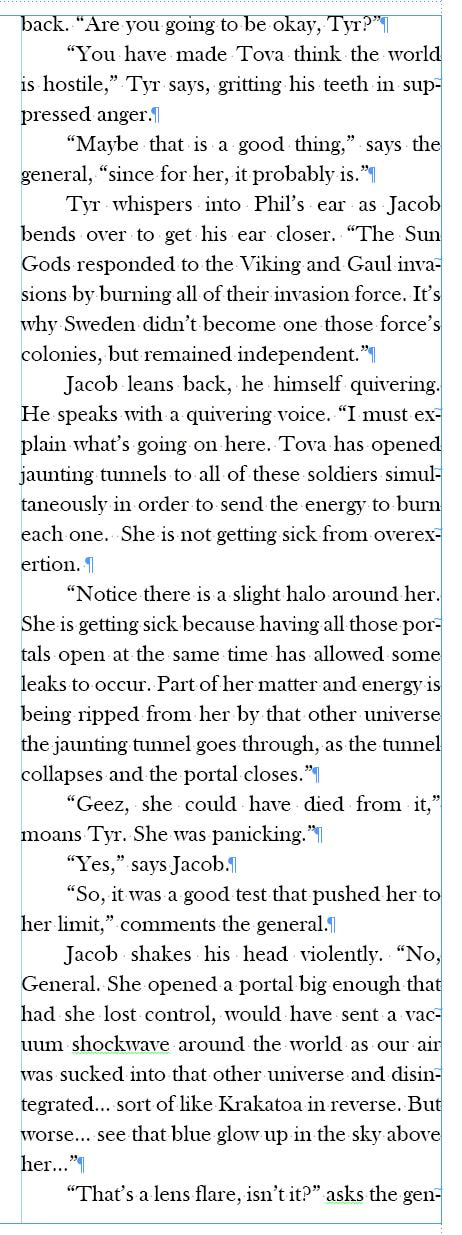
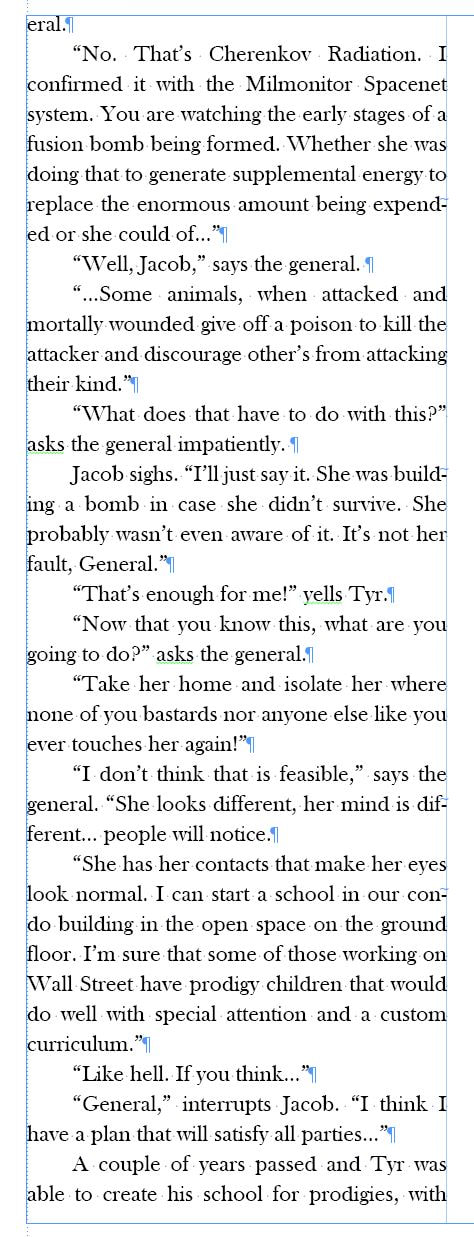
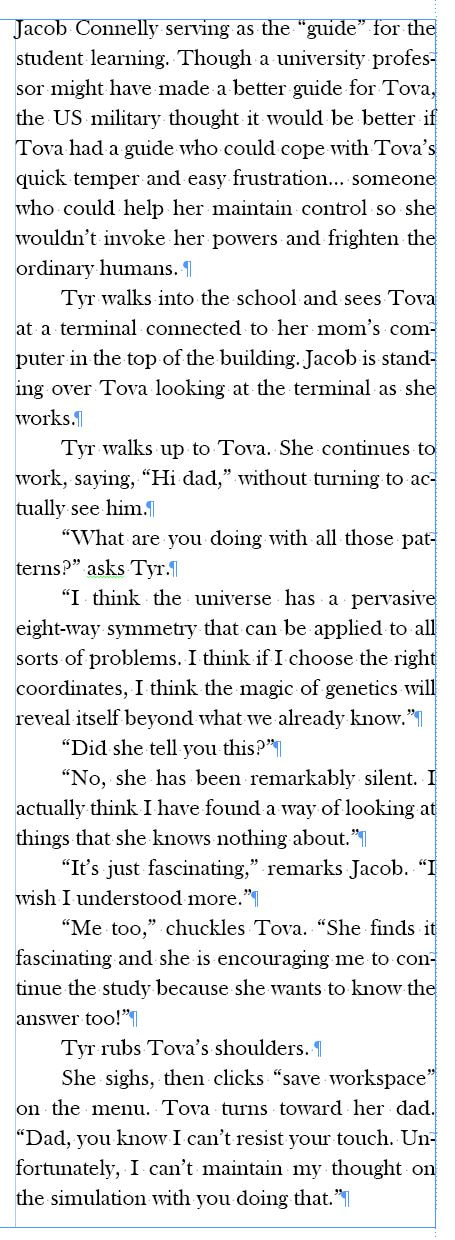
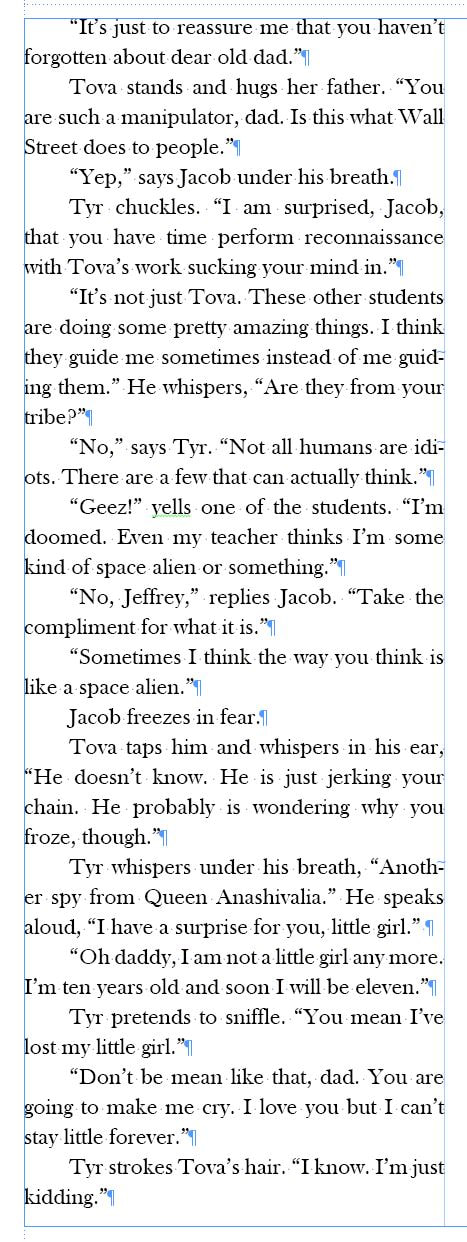
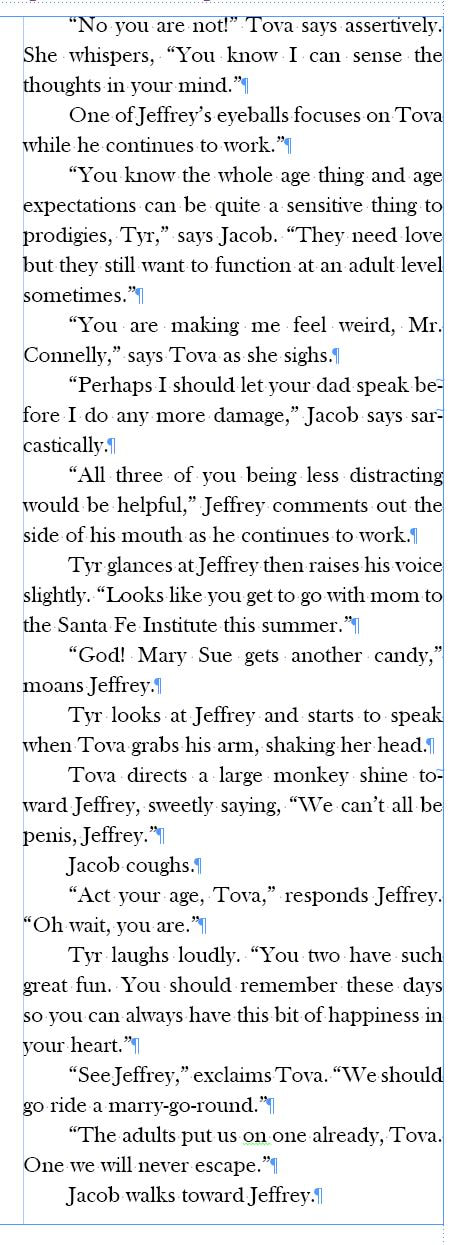
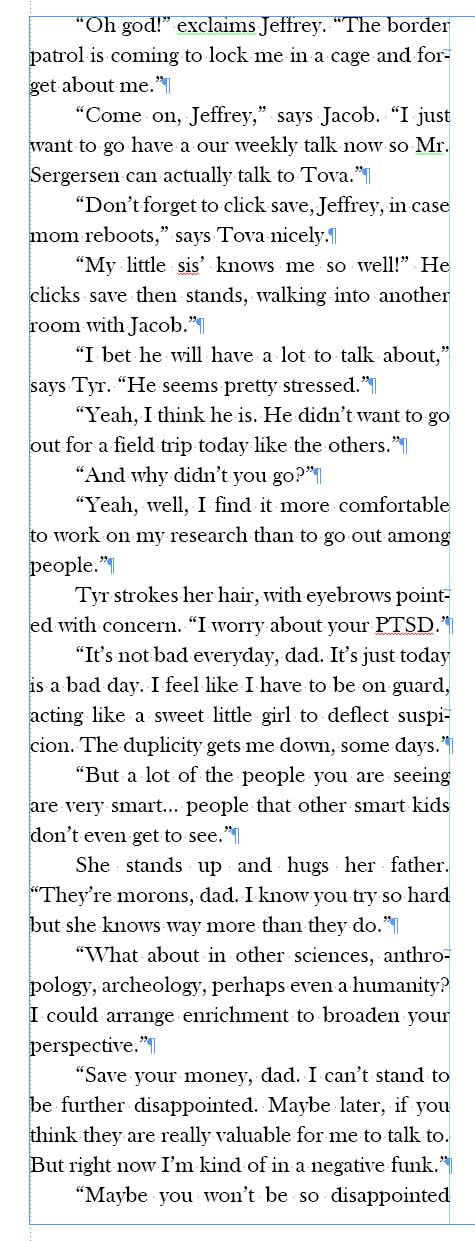
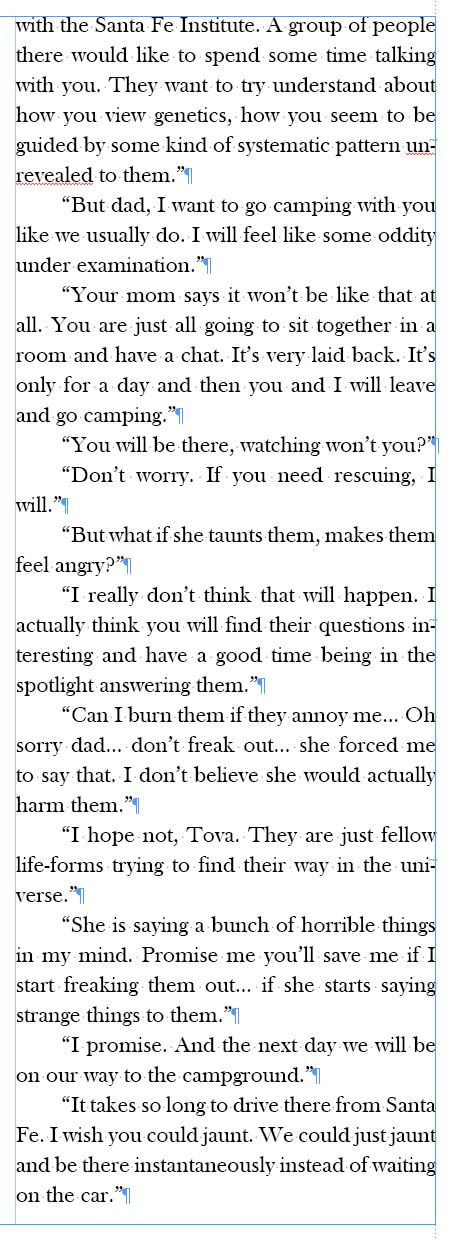
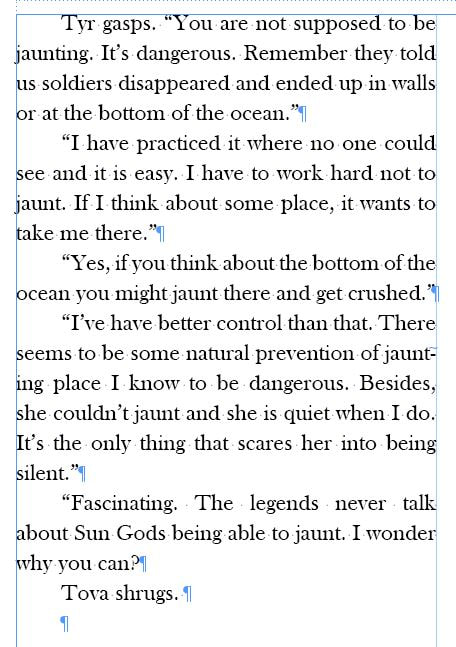
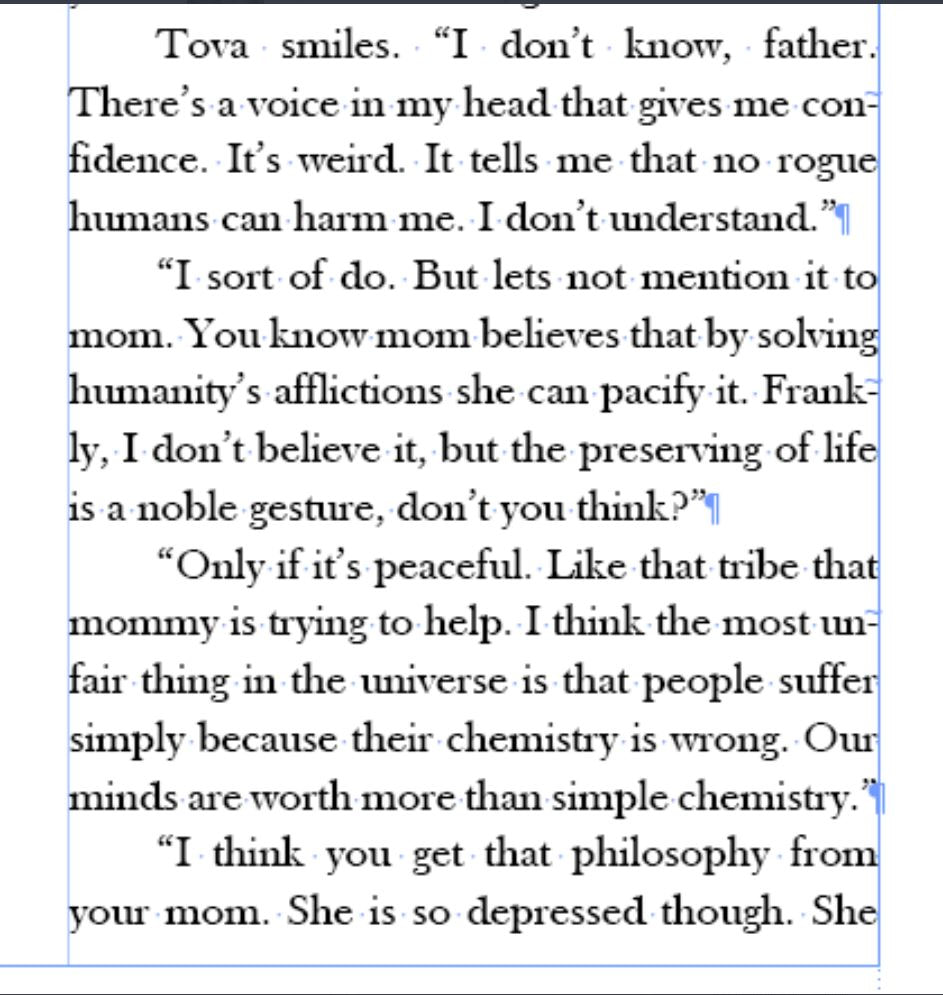
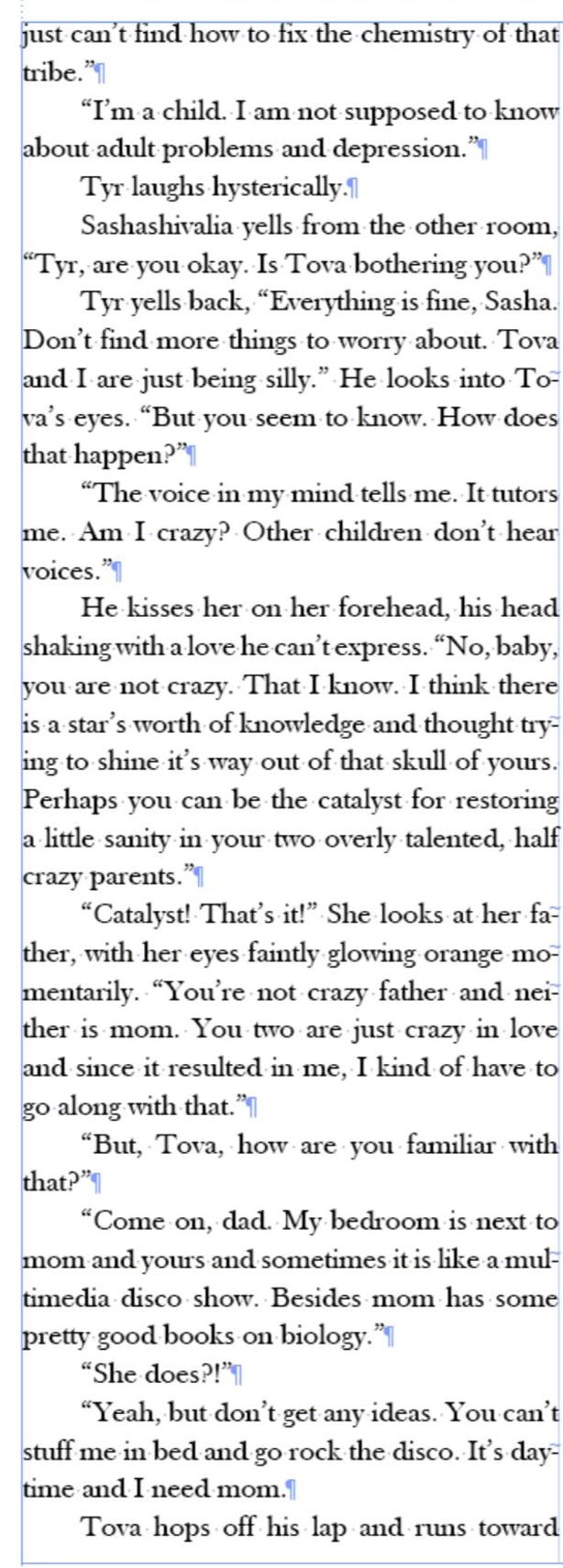
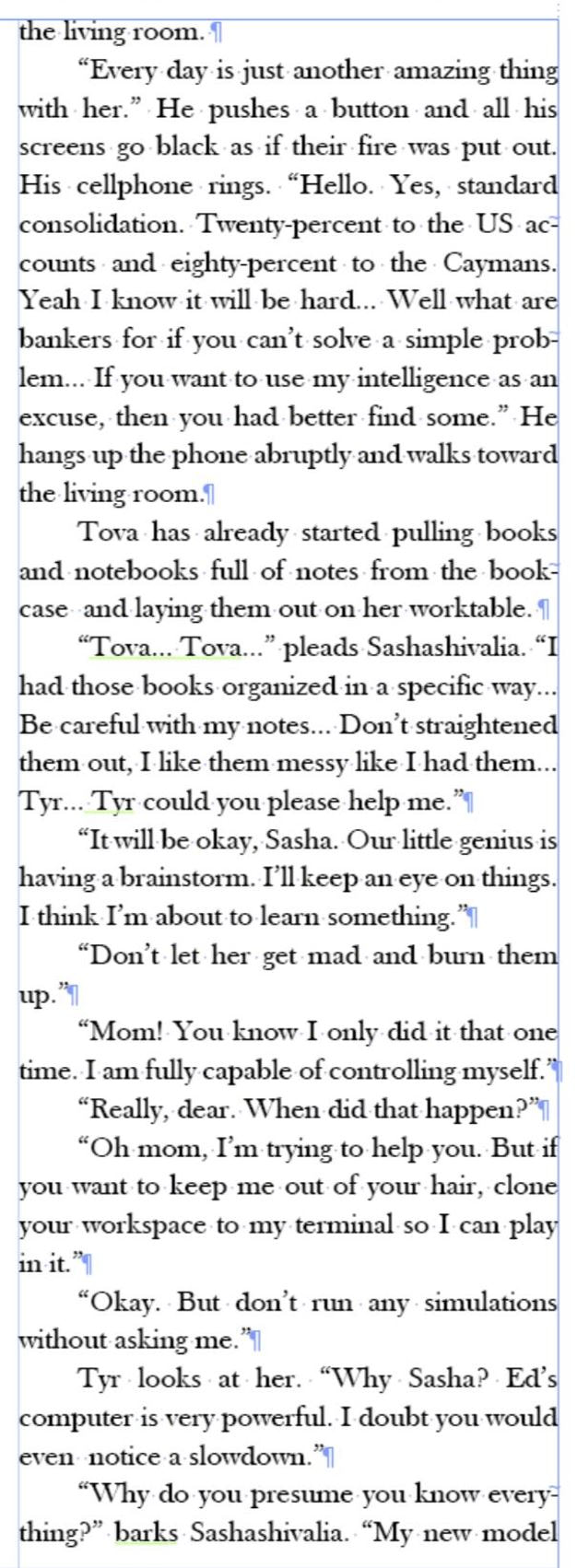
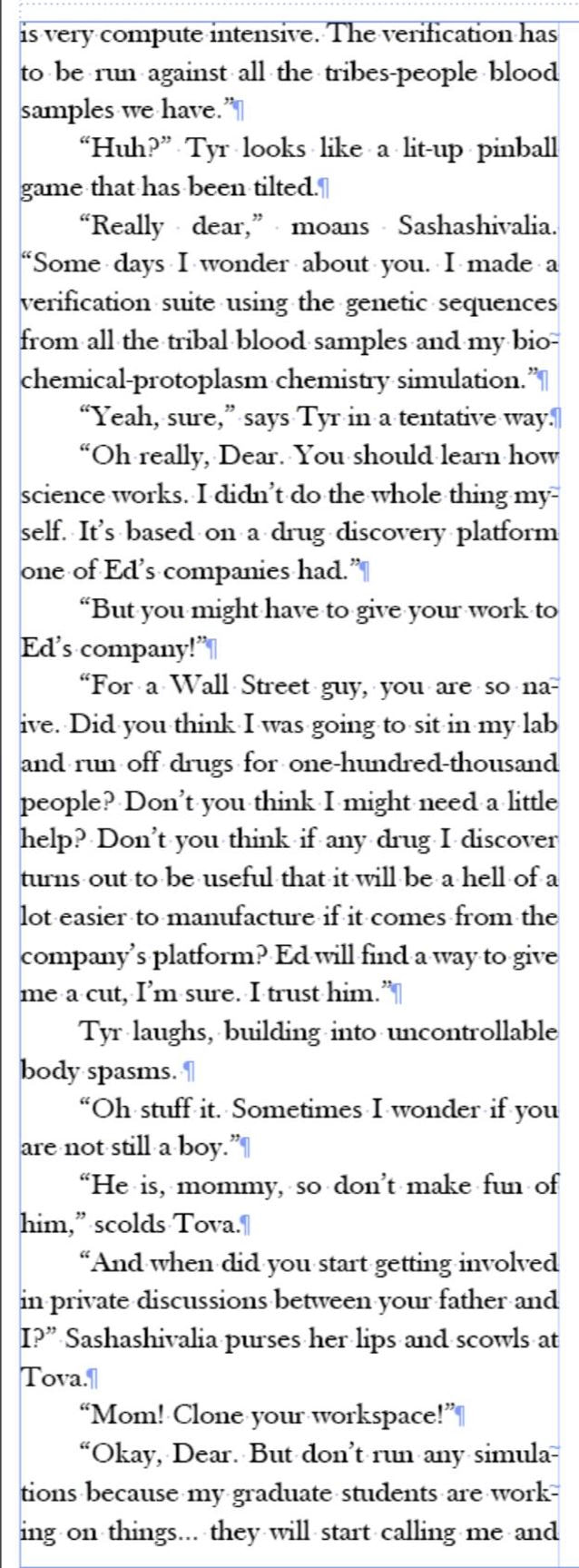
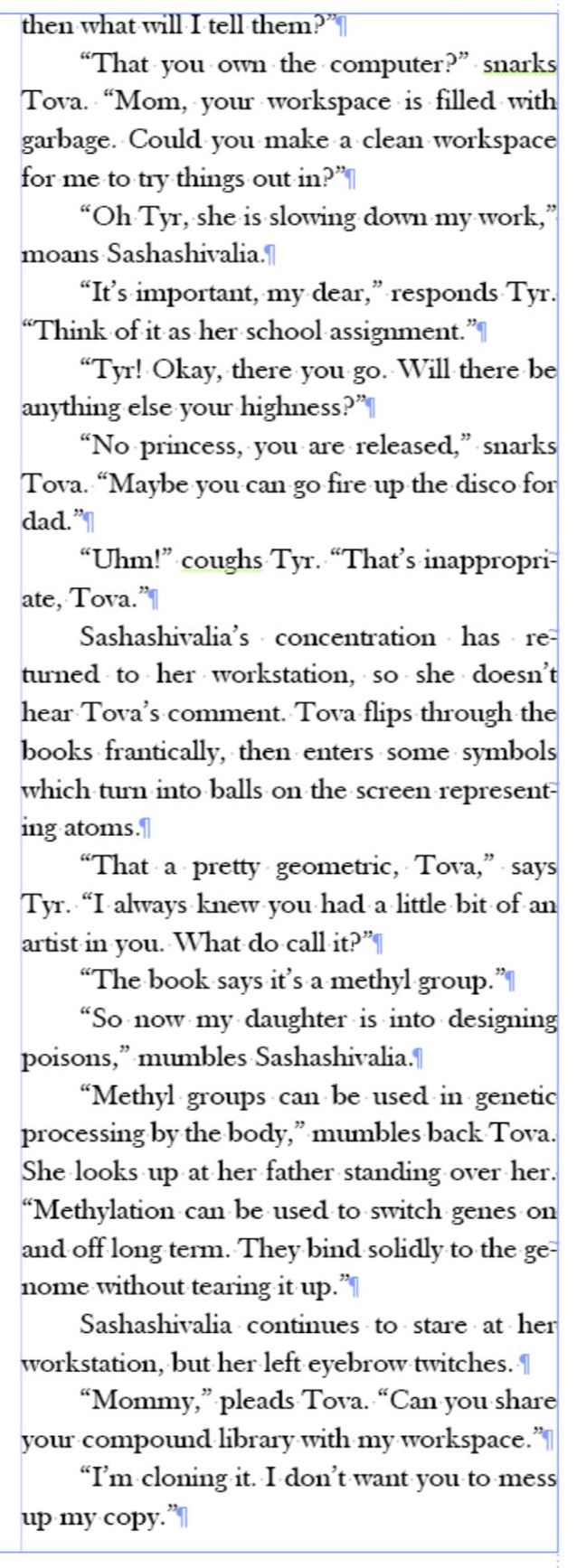
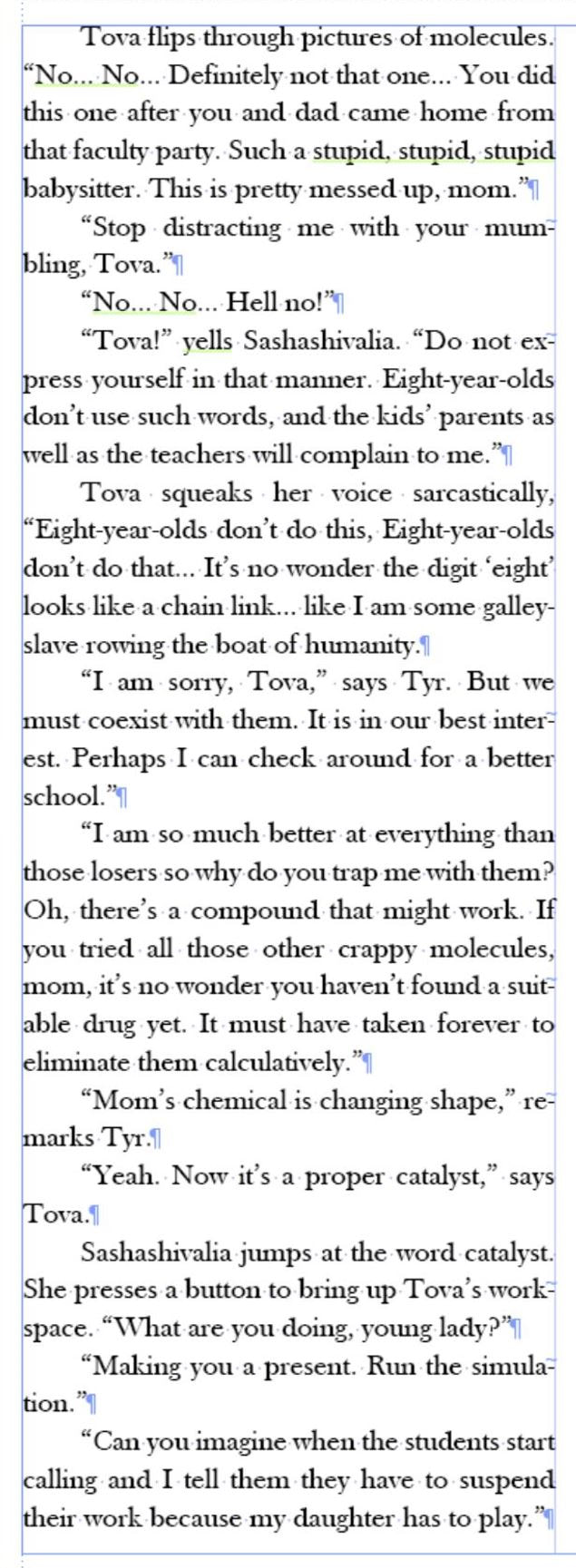
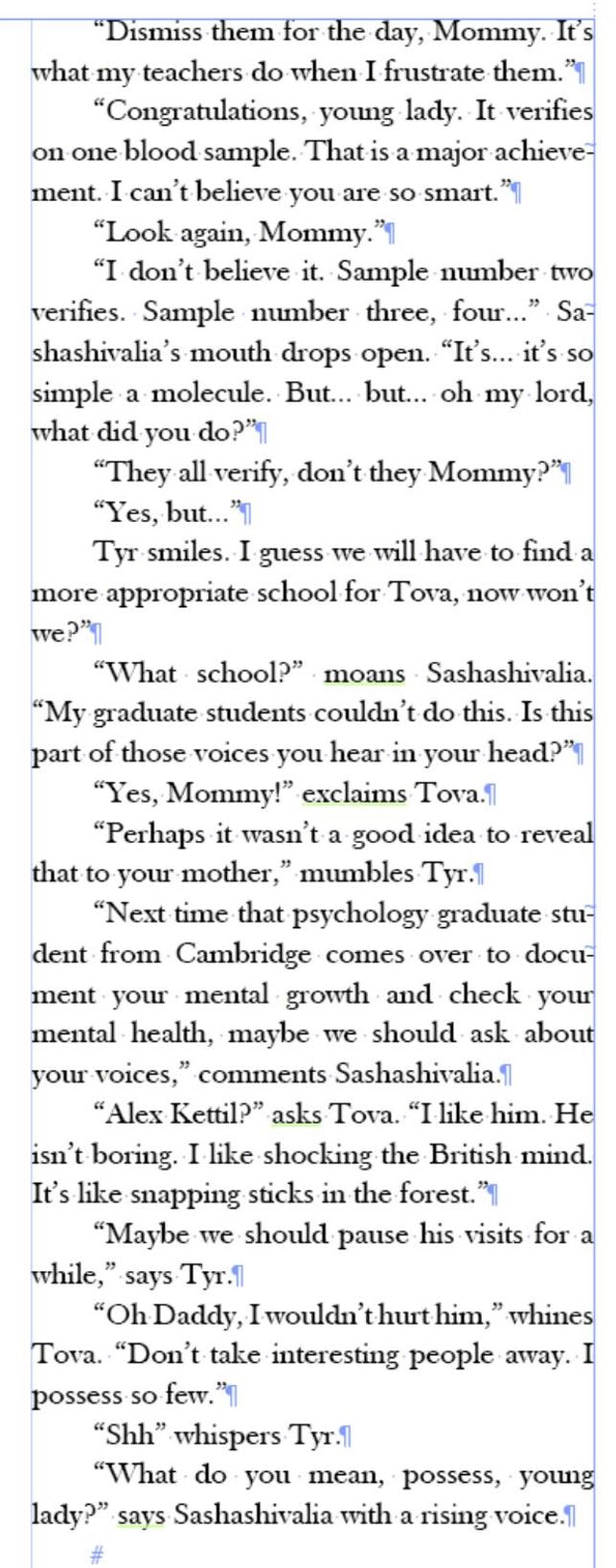
 RSS Feed
RSS Feed